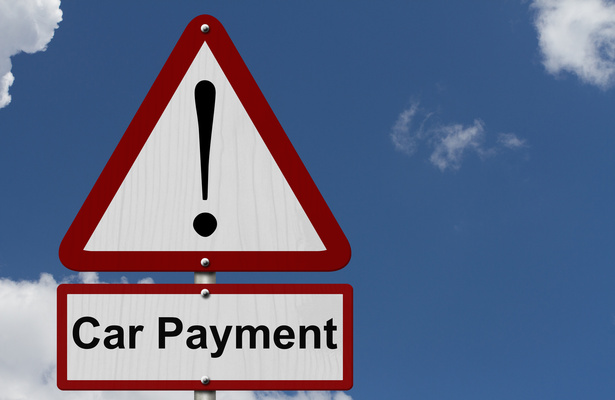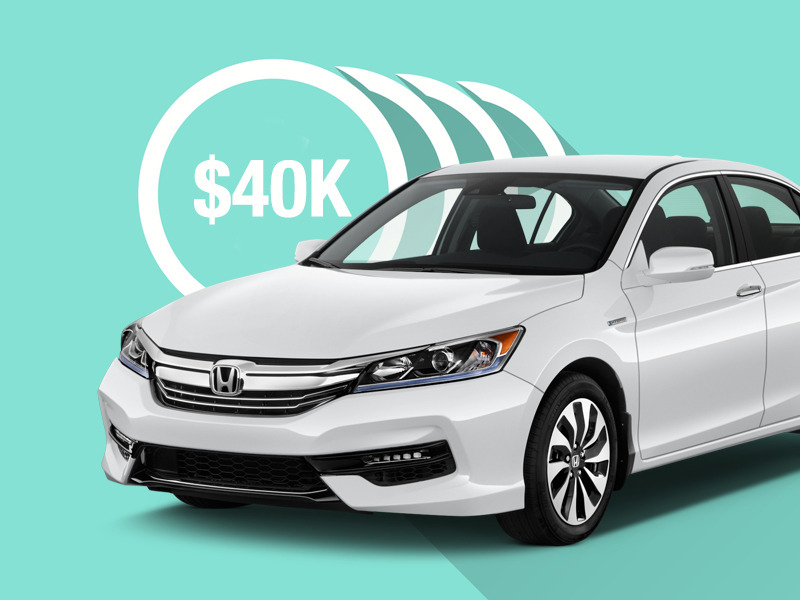Cars are expensive these days. Sure, you can find a cheap beater, but not everyone wants to drive around in a car that looks like it’s been through a hailstorm. According to Kelley Blue Book, the average price for a new car in 2016 was $33,666. That’s quite a lot of money, for most folks. Still, many people think they can make it work.
To see if this really is possible for the majority of folks out there, we decided to put together a little experiment. We wanted to see what it would be like for someone making an annual salary of $40,000 can actually afford a $30,000 car.
Recommended Car Buying Practices

Most financial advisers will recommend you spend about 10 percent of your monthly gross income and no more than 15 percent. That 10-15 percent isn’t just what you spend on the car payment. That should include insurance and interest.
If you spend more, you can likely make it work, but that also means you’re probably neglecting some other part of your budget, like saving for retirement or putting money away in an emergency fund. This may seem okay, but you’ll be better off keeping a balanced budget.
Also, it’s typically recommended to put down at least 20 percent when you buy the car, which is actually rarely the case since recent studies showed that buyers were only putting down about 10.4 percent. A down payment requires that you'll have money stashed away to cover it. On the bright side, if you can do it, your monthly payments will be less. Remember, these are generally accepted numbers. Everyone should talk with a financial adviser to see what’s right for them.
What Buying a $30K Car with a $40K Salary Would Do

So, lets’ take a closer look at what it would be like for someone to buy a $30K on a $40K budget. First off, what will the down payment look like? Twenty percent of $30,000 is $6,000. Secondly, what’s the gross monthly income of $40,000? It’s about $3,334. Ten percent of $3,334 is about $333.
If you have the $6,000 to put down, you’re looking at financing $24,000 on a $30,000 car. If you could get a car loan interest rate of three percent and went with a 60-month loan period, you’re still looking at $431 estimated monthly payment. That doesn’t include insurance. A $431 monthly payment is almost 13 percent, so it’s still doable based on the recommended percentages. It's just higher than the 10 percent that you should shoot for.

However, if you didn’t have the $6,000 to put down on the car, you’d have a much higher payment. Say you put down $2,000. That would mean you have to finance $28,000. Figure that with the same interest rate and loan term and you’re looking at paying $503 dollars per month for 60 months (five years). That’s just over 15 percent of your gross monthly income.
Typically, 60 months is the longest recommended loan period. Many financial advisors will recommend you do a 48 or 36-month loan period. This would increase your monthly payment dramatically. But you’ll pay less in the long run in interest.
Even if you put down $6,000, you’d still have to pay more than is typically recommended for a $40,000 a year salary. With $6,000 down, you’d finance $24,000. With a 48-month loan at three percent interest, you’re looking at a monthly payment of $531, or roughly 16 percent of your monthly income.
Should You Do It?

While buying a $30,000 car on a $40,000 annual salary is doable in the right circumstances, it’s right on the edge of what's easily possible. In most cases, buying a car for $12,000 to $15,000 is a better option. With cars lasting for long periods of time and depreciating quickly, it’s typically smarter to purchase an older, well-maintained car for far less than $30,000.
No matter what you decide to do, make sure to do the math and discuss your finances with an adviser. They’ll be able to look at your budget and expenses and tell you exactly how much you can afford to spend in total and each month.


